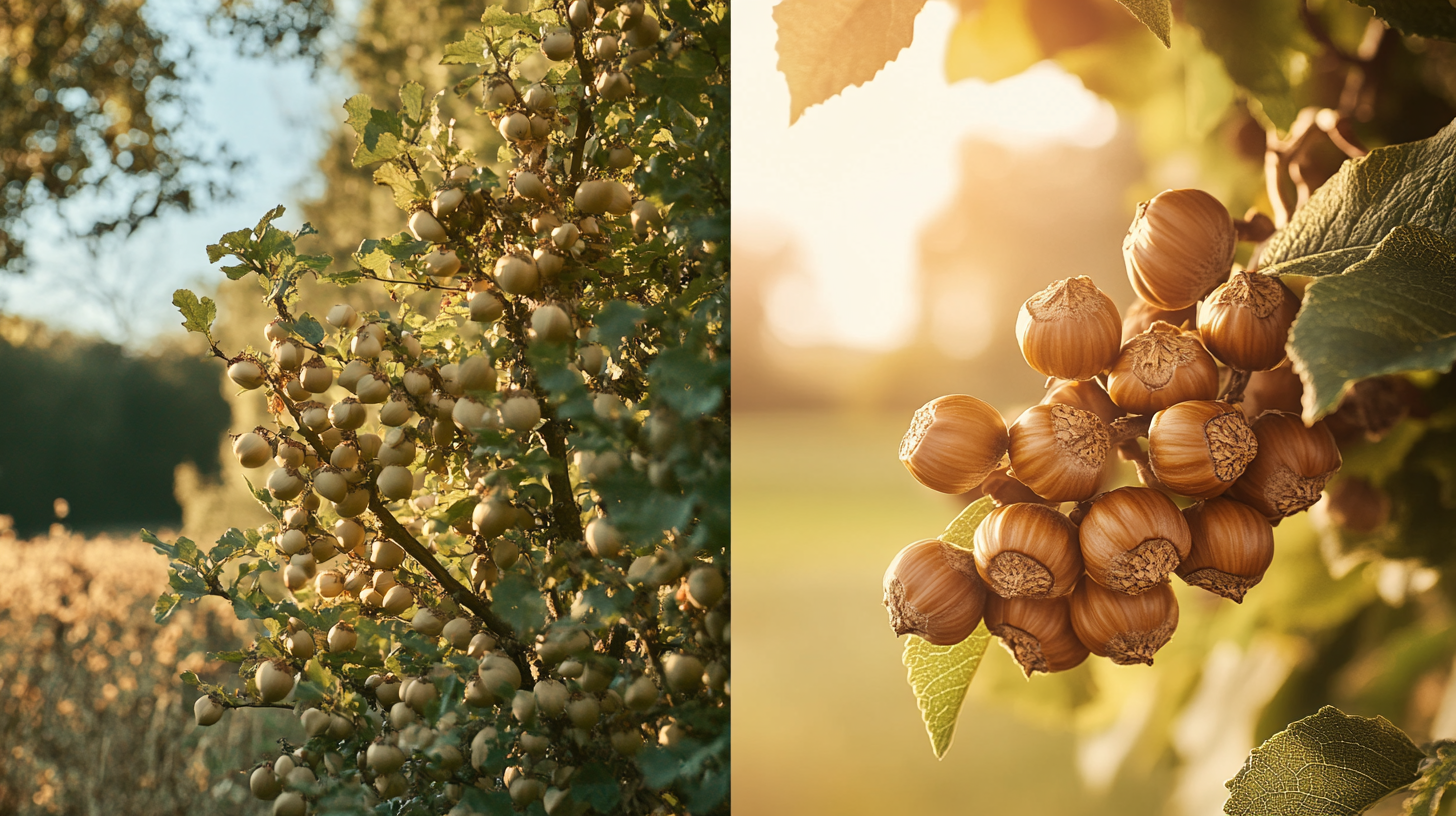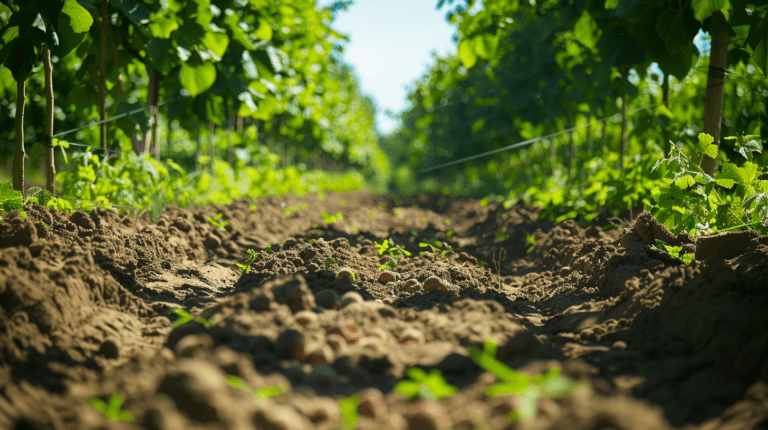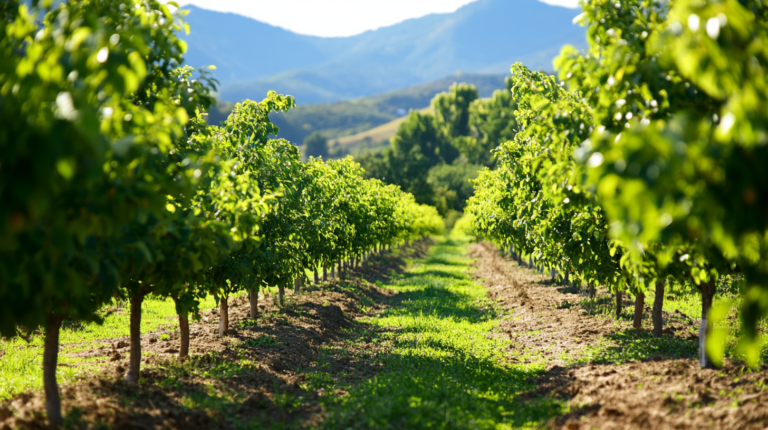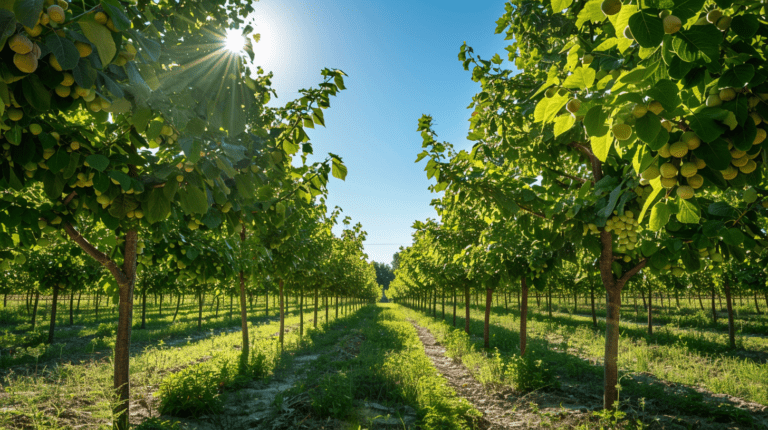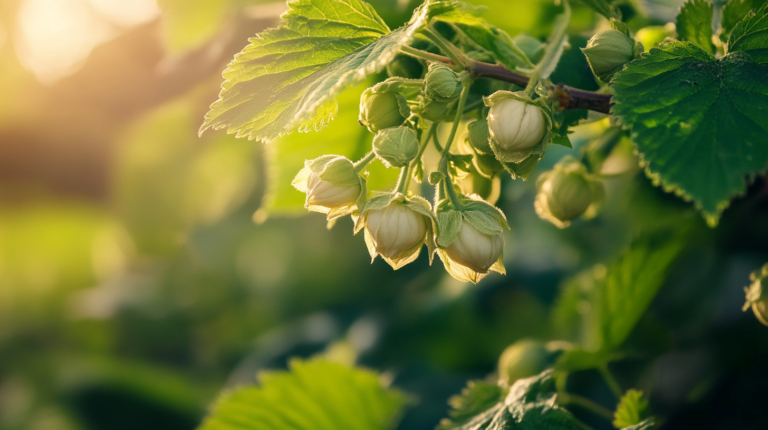Beaked vs. Barcelona Hazelnut Tree: Which is Better for Your Garden
When considering adding a hazelnut tree to your garden, two popular options often come to mind: the Beaked Hazelnut Tree (Corylus cornuta) and the Barcelona Hazelnut Tree (Corylus avellana ‘Barcelona’). Both trees offer unique characteristics and benefits, making the choice between them dependent on various factors such as your garden’s conditions, your location, and your specific needs. Let’s explore these two hazelnut varieties in detail to help you make an informed decision.
Beaked Hazelnut Tree (Corylus cornuta)
The Beaked Hazelnut Tree, native to North America, is a versatile and hardy shrub that has adapted to various environments across the continent.
– Physical Characteristics
The Beaked Hazelnut is a deciduous shrub that typically grows to a height of 4-8 meters (13-26 feet)1. It often develops multiple trunks, with stems reaching 10-25 centimeters (4-9+3⁄4 inches) in thickness. The bark is smooth and gray, contributing to its aesthetic appeal1.
One of its most distinctive features is its leaves. They are arranged in an alternate pattern, with a rounded oval shape and pointed tip. The leaves measure 5-11 cm (2-4+1⁄4 in) long and 3-8 cm (1+1⁄4-3+1⁄4 in) broad, featuring irregularly double-toothed margins and soft, hairy undersides1.
– Nut Production
The Beaked Hazelnut gets its name from its unique fruit. The nut is enclosed in a husk with a tubular extension resembling a beak, measuring 2-4 cm (3⁄4-1+1⁄2 in) long1. While the nuts are edible and nutritious, they are generally smaller than those of commercial varieties.
– Climate Adaptability
One of the most impressive traits of the Beaked Hazelnut is its hardiness. It can survive temperatures as low as -50°C (-58°F), making it the hardiest of all hazel species1. This exceptional cold tolerance makes it suitable for gardens in regions with harsh winters.
– Ecological Value
The Beaked Hazelnut plays a crucial role in local ecosystems. It provides food and habitat for various wildlife species. Deer, moose, and livestock browse on its foliage, while small mammals and birds feed on its nuts1. Additionally, it’s an important plant for certain insect species, such as the hazelnut weevil1.
– Garden Benefits
For gardeners, the Beaked Hazelnut offers several advantages:
- Low Maintenance: It’s generally easy to care for and doesn’t require extensive pruning or special treatments.
- Soil Improvement: Its shallow, dense root system helps prevent soil erosion.
- Versatility: It can be used as a hedge, in naturalized areas, or as part of a wildlife garden2.
- Disease Resistance: It’s more resistant to common diseases that affect European hazelnut varieties1.
Barcelona Hazelnut Tree (Corylus avellana ‘Barcelona’)
The Barcelona Hazelnut is a cultivar of the European hazelnut, prized for its nut quality and commercial value.
– Physical Characteristics
The Barcelona hazelnut tree has an upright, multi-stemmed growth habit with a rounded canopy. It typically grows to a height of 10-15 feet (3-4.5 meters) with a spread of 8-12 feet (2.4-3.6 meters)3. This compact size makes it suitable for both commercial orchards and home gardens.
– Nut Production
Barcelona hazelnuts are renowned for their rich, buttery flavor, making them highly desirable for both fresh consumption and culinary uses3. The nuts are larger than those of the Beaked Hazelnut, which is one reason for their commercial popularity.
However, Barcelona trees tend to exhibit biennial bearing, producing heavy crops every other year3. They also have a tendency to produce a high percentage of blank nuts (nuts without kernels), which can be a drawback for commercial producers3.
– Climate Requirements
Barcelona hazelnut trees thrive in temperate climates with cool winters and mild summers. They are suitable for USDA hardiness zones 5-83. While this makes them adaptable to many regions, they are not as cold-hardy as the Beaked Hazelnut.
– Soil Preferences
These trees prefer well-drained, loamy soil with a pH range of 5.5-7.03. Proper drainage is crucial to prevent root rot and other issues.
– Garden Benefits
For home gardeners, the Barcelona hazelnut offers several advantages:
- Aesthetic Appeal: Its rounded canopy and multi-stemmed growth habit make it an attractive landscape plant.
- High-Quality Nuts: The large, flavorful nuts are excellent for home consumption and cooking.
- Manageable Size: Its compact size makes it suitable for smaller gardens.
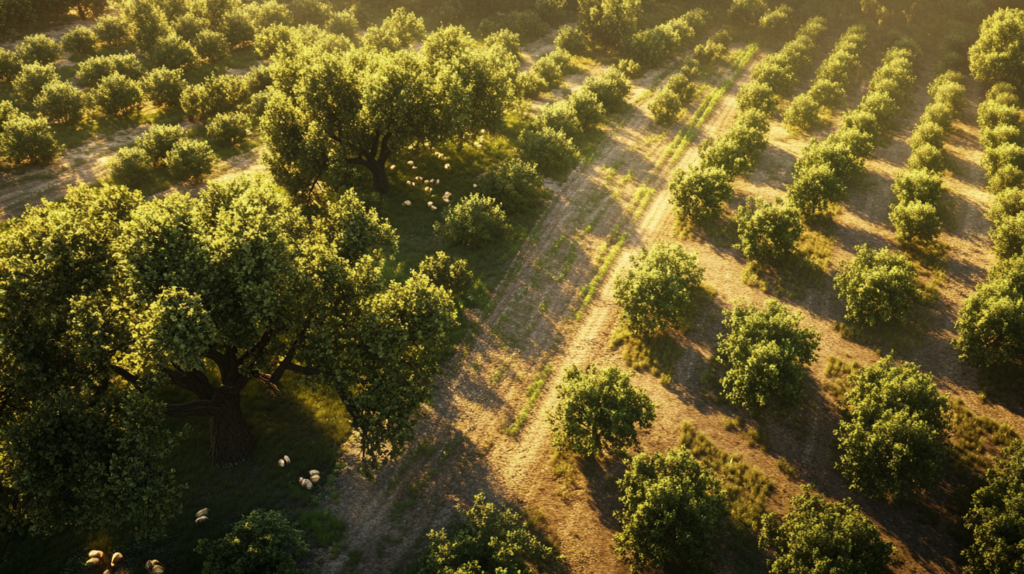
Comparing the Two: Which is Better for Your Garden?
When deciding between the Beaked Hazelnut and the Barcelona Hazelnut, consider the following factors:
– Climate Adaptability
If you live in an area with extremely cold winters, the Beaked Hazelnut would be the better choice due to its superior cold hardiness1. However, if you’re in a temperate zone (USDA 5-8), both trees could potentially thrive, with the Barcelona possibly offering better nut production.
– Nut Production and Quality
For those primarily interested in nut production, the Barcelona hazelnut generally produces larger, more flavorful nuts that are better suited for culinary uses3. However, be prepared for biennial bearing and potential blank nuts. The Beaked Hazelnut, while producing smaller nuts, offers more consistent annual production.
– Ecological Value
If supporting local wildlife is a priority, the Beaked Hazelnut might be the better choice. As a native species in North America, it has co-evolved with local fauna and provides valuable food and habitat15.
– Disease Resistance
The Beaked Hazelnut shows better resistance to common diseases that affect European hazelnut varieties, including the Barcelona1. This could mean less maintenance and fewer pest control measures in your garden.
– Space Considerations
Both trees are relatively compact, but the Beaked Hazelnut can potentially grow taller. If you have limited space, the Barcelona’s more predictable size might be advantageous.
– Soil Requirements
While both trees prefer well-drained soil, the Beaked Hazelnut is generally more adaptable to different soil types. If your garden has less-than-ideal soil conditions, it might be the safer choice.
– Maintenance
The Beaked Hazelnut typically requires less maintenance, making it a good choice for gardeners who prefer low-upkeep plants. The Barcelona might require more attention to maximize nut production and manage its biennial bearing habit.
Conclusion
Both the Beaked Hazelnut and the Barcelona Hazelnut have their unique strengths and can be excellent additions to a garden. The Beaked Hazelnut shines in its hardiness, ecological value, and low maintenance requirements. It’s an excellent choice for gardeners in colder climates, those looking to support local wildlife, or those who prefer a more naturalized garden aesthetic.
The Barcelona Hazelnut, on the other hand, is the go-to choice for those primarily interested in nut production for culinary uses. Its larger, flavorful nuts make it a favorite among food enthusiasts. It’s also a good option for gardeners in temperate climates who have well-drained soil and are willing to put in some extra care to manage its biennial bearing habit.
Ultimately, the “better” tree for your garden depends on your specific circumstances, goals, and preferences. Consider your local climate, available space, soil conditions, and what you hope to gain from your hazelnut tree. Whether you choose the resilient native Beaked Hazelnut or the productive Barcelona cultivar, either tree can be a rewarding addition to your garden, providing beauty, shade, and delicious nuts for years to come.
Sources:
[1] https://en.wikipedia.org/wiki/Corylus_cornuta
[2] https://plants.ces.ncsu.edu/plants/corylus-cornuta/
[3] https://hazelnuthub.com/understanding-the-unique-traits-of-the-barcelona-hazelnut/
[4] https://extension.oregonstate.edu/catalog/pub/em-9073-growing-hazelnuts-pacific-northwest-varieties
[5] https://greg.app/beaked-hazelnut-weed/
[6] https://extension.usu.edu/yardandgarden/research/hazelnuts-in-the-home-orchard
[7] https://en.wikipedia.org/wiki/Corylus_avellana
[8] https://www.gardeningknowhow.com/edible/nut-trees/hazelnut/beaked-hazelnut.htm
[9] https://forestry.com/products/barcelona-filbert-hazelnut-tree
[10] https://greg.app/beaked-hazelnut-benefits/
